Gardeners Leaves Green
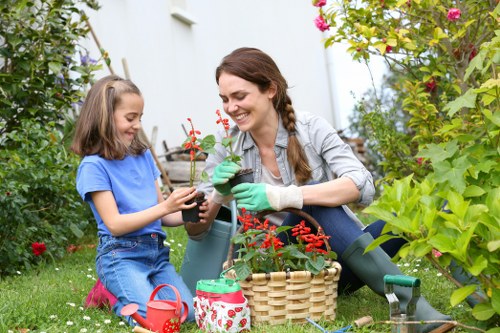
Gardening is a rewarding activity that brings nature closer to us. One of the most satisfying aspects for gardeners is witnessing the lush, green leaves of their plants. Green leaves are not just aesthetically pleasing; they play a crucial role in the health and growth of plants.
Understanding why leaves are green and how to maintain their vibrant color is essential for any gardener. This article delves into the science behind green leaves, their benefits, and practical tips to keep them healthy and thriving in your garden.
Whether you're a seasoned gardener or just starting, knowing how to care for your plant's foliage can make a significant difference in your gardening success.
The Science Behind Green Leaves
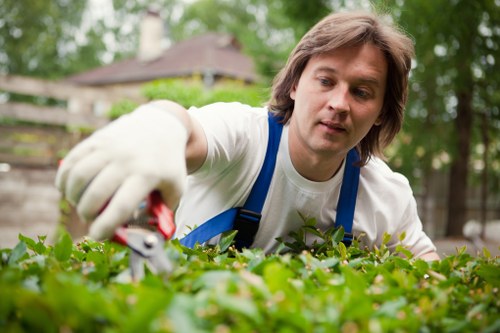
Leaves appear green because of a pigment called chlorophyll. Chlorophyll absorbs light primarily in the blue and red wavelengths, reflecting green light, which gives leaves their characteristic color.
Through the process of photosynthesis, chlorophyll allows plants to convert light energy into chemical energy, which fuels their growth and development. This vital process not only sustains the plant but also produces oxygen, which is essential for life on Earth.
Understanding photosynthesis and the role of chlorophyll can help gardeners optimize conditions for their plants, ensuring they remain healthy and vibrant.
Benefits of Green Leaves in Gardening
Green leaves are more than just beautiful; they are indicators of a plant's overall health. Healthy green foliage means that the plant is effectively performing photosynthesis, leading to robust growth and strong resistance against diseases.
Moreover, green leaves help in regulating the plant's temperature by providing shade and reducing transpiration rates. This balance is crucial, especially in varying climate conditions.
For gardeners, maintaining green leaves is a sign that the plant is thriving, making it easier to identify and address any issues promptly.
Maintaining Healthy Green Leaves
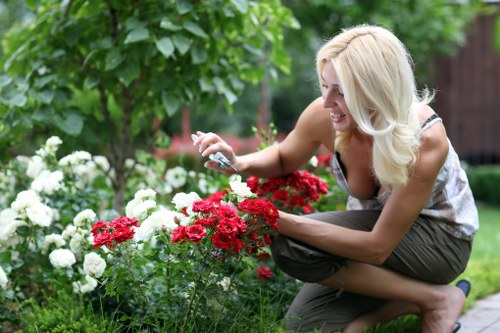
Keeping leaves green involves several factors, including proper watering, adequate sunlight, and balanced nutrition. Overwatering or underwatering can stress plants, leading to discoloration and weakened growth.
Providing the right amount of sunlight is equally important. Most green-leaved plants thrive in full to partial sunlight, which supports photosynthesis and overall plant health.
Additionally, using appropriate fertilizers can supply essential nutrients like nitrogen, which is crucial for chlorophyll production and maintaining lush green foliage.
Common Issues Affecting Leaf Color
Sometimes, green leaves can lose their color or develop spots due to various factors. Pests such as aphids and mites can damage leaves, leading to discoloration and reduced vitality.
Environmental stress, like extreme temperatures or poor soil conditions, can also affect leaf health. Ensuring optimal growing conditions is key to preventing these issues.
Regular monitoring and prompt intervention can help maintain the green hue of your plant's leaves.
Choosing Plants with Vibrant Green Leaves
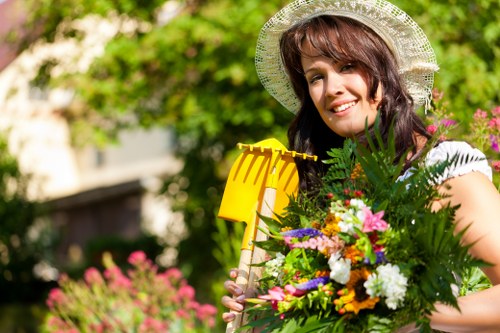
Selecting the right plants is fundamental to achieving a green and thriving garden. Many plants are known for their lush green foliage, such as English ivy, snake plants, and ferns.
These plants not only add beauty but also contribute to a healthier garden environment by improving air quality and providing shade.
When choosing plants, consider factors like climate suitability, soil type, and maintenance requirements to ensure they thrive in your specific garden conditions.
Best Practices for Leaf Care
Proper leaf care involves regular cleaning to remove dust and pests that can hinder photosynthesis. Gently wiping leaves with a damp cloth can help maintain their health and appearance.
Pruning dead or yellowing leaves encourages new growth and prevents the spread of diseases. It's also essential to rotate plants periodically to ensure even sunlight exposure.
Implementing these practices will keep your plants healthy and their leaves green and vibrant.
Local Gardening in Leaves Green
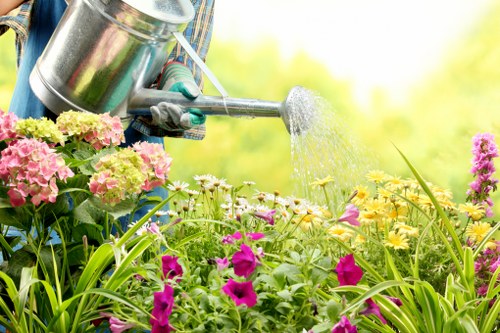
For gardeners in the Leaves Green area, understanding the local climate and soil conditions can enhance your gardening experience. Here are some of the closest areas to Leaves Green that are great for gardening enthusiasts:
- Oakwood Park: Known for its rich soil, perfect for growing a variety of plants.
- Pinehurst Gardens: Offers a diverse range of native plants and trees.
- Maple Ridge: Ideal for those interested in cultivating ornamental shrubs.
- Sunnyvale Meadows: Excellent for vegetables and fruit-bearing plants.
- Willow Creek: Features water-friendly plants and shade-tolerant species.
- Fern Valley: Perfect for ferns and other moisture-loving plants.
- Lavender Lane: Specializes in aromatic herbs and fragrant flowers.
- Cedar Grove: Home to evergreen plants and resilient shrubs.
- Rosewood Heights: Best for rose gardens and flowering plants.
- Birchwood Estates: Offers unique plant varieties and gardening workshops.
- Springfield Park: Great for community gardening and plant exchanges.
- Lakeside Terrace: Ideal for aquatic plants and garden ponds.
- Elm Street: Features traditional and heritage plant species.
- Gardenia Hills: Known for its vibrant and colorful plant displays.
- Hawthorn Hollow: Offers a mix of ornamental and edible plants.
Community and Resources in Leaves Green
Leaves Green boasts a strong gardening community with numerous resources available to support both new and experienced gardeners. Local nurseries, gardening clubs, and community gardens provide opportunities to learn, share, and grow together.
Workshops and seminars are regularly held, offering valuable insights into plant care, pest management, and sustainable gardening practices. Engaging with the local community can enhance your gardening skills and foster a sense of belonging.
With such robust support, maintaining green and healthy leaves in your garden becomes an enjoyable and achievable endeavor.
Frequently Asked Questions
1. Why are my plant leaves turning yellow despite proper care?
Yellowing leaves can be caused by several factors, including overwatering, nutrient deficiencies, pest infestations, or inadequate sunlight. It's essential to assess your plant's environment and care routine to identify the underlying issue.
2. How much sunlight do green-leaved plants need?
Most green-leaved plants thrive in full to partial sunlight. Typically, they require at least 4-6 hours of direct sunlight each day. However, some shade-tolerant species can flourish with less light.
3. What fertilizers are best for maintaining green leaves?
A balanced fertilizer with a higher nitrogen content is ideal for promoting green foliage. Look for fertilizers labeled N-P-K (Nitrogen-Phosphorus-Potassium) with the first number (N) being the highest.
4. How can I prevent pests from damaging my plant leaves?
Regularly inspect your plants for signs of pests and use natural remedies like neem oil or insecticidal soap to manage infestations. Maintaining plant health through proper care also makes them less susceptible to pests.
5. Are there specific soil types that promote greener leaves?
Well-draining, fertile soils rich in organic matter are ideal for promoting green leaves. Incorporating compost or well-rotted manure can enhance soil fertility and structure, supporting healthy plant growth.